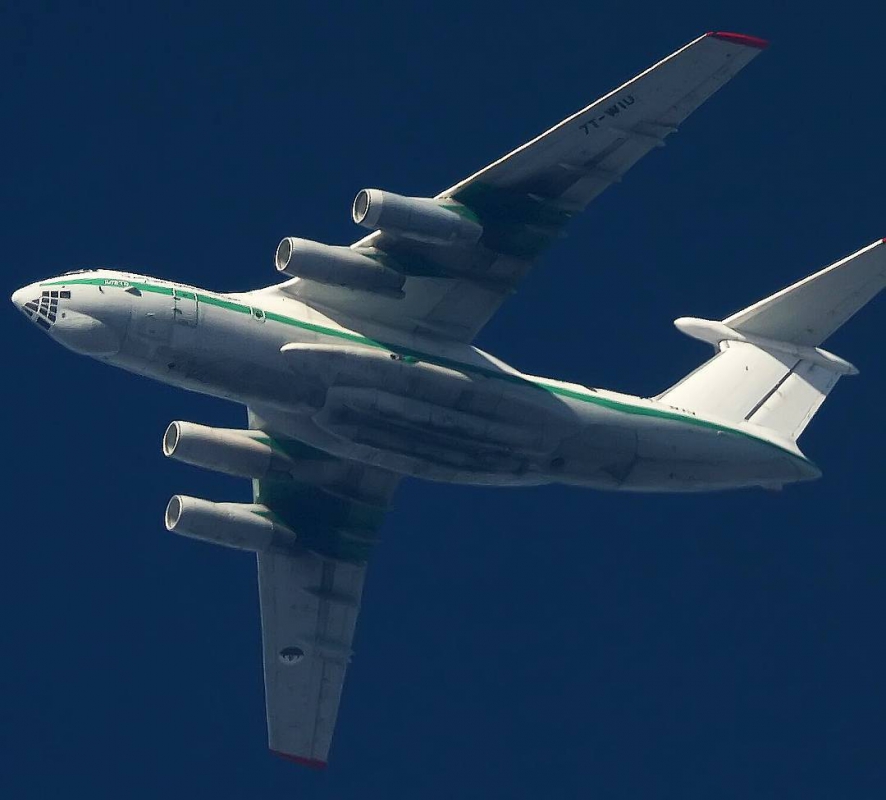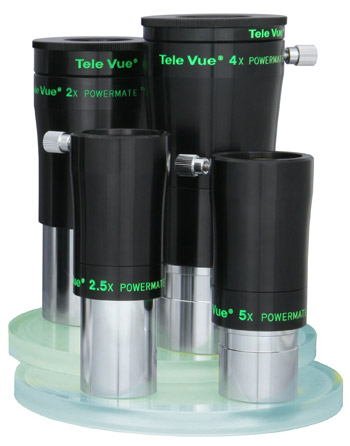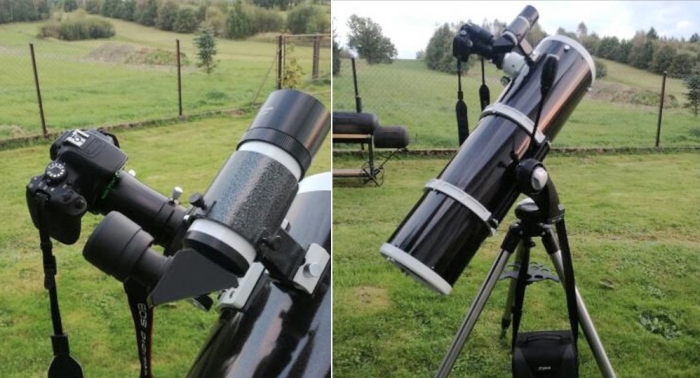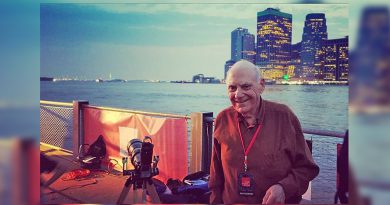Imaging in the Stratosphere with Tele Vue!

We’ve noticed a proliferation of close-up plane images on Instagram made using Tele Vue Powermate™ image amplifiers. What is amazing about these images? They are taken from the ground with the plane at jet-aircraft cruising altitude. This is the imaging side of the hobby of “plane spotting.” It is sort of like bird watching — but the “bird” is much bigger and potentially much further away: in the stratosphere!
While imaging a bird can be serendipitous, the modern plane spotter has the advantage of free online flight-tracking software, such as FlightRadar 24 and FlightAware, to predict what aircraft are approaching their location. Aircraft identification, route, speed, altitude, and heading are just a click away. This software has also made its way to the ubiquitous smartphone. Thus, unlike birding, plane spotters can anticipate targets to observe in advance. This gives the spotter time to prepare for encounters with common and rare aircraft — like the Antonov An-225.

Looking like a jumbo-jet on steroids, the first sight of the Antonov An-225 Mriya (“Dream”) in flight is startling: not four but six engines, a unique twin tail, and much larger than any plane flying today. This is a record-breaking, one-of-a-kind plane in the following categories: heaviest plane ever built, longest wingspan, and has lifted the heaviest single-item payload, and heaviest total payload. This plane was first used for transporting the Soviet Buran space shuttle and has since entered commercial cargo service. A partially-built second air-frame exists and the project to complete it has been revived and cancelled many times. So, someday a second Mriya will take to the skies.

In the world of plane spotting, standard telephoto and zoom lenses are employed to photograph commercial jets at or near the airport. But to turn glints of metal and white contrails at cruising altitude (30,000-ft to 42,000-ft / 9,000-m to 13,000-m) into detailed portraits requires optics beyond that. Even super telephotos used at sports events won’t do for objects 8-miles in the sky! For this lofty task, many plane spotters attach their digital cameras to a Tele Vue Powermate™ amplifier inserted into an astronomical telescope. The resulting images are breathtaking. We see these amazing machines operating in their design environment: away from ground clutter, framed against an almost black sky

 Powermate™ image amplifiers have features beyond that offered by the common Barlow lenses: they amplify scope focal length with reduced aberrations for better image quality. They are available in 2″ barrels (2x & 4x power) and 1¼” barrels (2.5x & 5x power). Another Powermate feature is that the tops unscrew to accept the Tele Vue Powermate™ T-Ring Adapter. This allows any T-Ring equipped camera to solidly connect to the Powermate barrel.
Powermate™ image amplifiers have features beyond that offered by the common Barlow lenses: they amplify scope focal length with reduced aberrations for better image quality. They are available in 2″ barrels (2x & 4x power) and 1¼” barrels (2.5x & 5x power). Another Powermate feature is that the tops unscrew to accept the Tele Vue Powermate™ T-Ring Adapter. This allows any T-Ring equipped camera to solidly connect to the Powermate barrel.



Shown above are Adapters for 4x (PTR-4201), 1.25″ 2.5x & 5x (PTR-1250) and 2x (PTR-2200).
A common telescopic setup is a Newtonian scope with 8″/200-mm diameter mirror having a 1,000- to 1,200-mm focal length. With a 2x Tele Vue Powermate™ inserted in the focuser, the telescope focal length doubles. To understand the zoom level achieved, consider that an APS-format digital camera, attached to these 2,000 – to 2,400-mm focal length instruments, will have a horizontal frame slightly larger than the Moon. A full-frame camera would capture the whole Moon in the frame. Focusing is done on the plane and the shutter manually triggered. The result is an optical setup that turns a sky-high glint into an airliner — complete with artwork and perhaps registration number visible.
See Łukasz Żak’s image of extreme plane spotters in action with these scopes.

Another possibility we’d like to recommend, for those without a removable lens camera, is to use our FoneMate™ smartphone adapter on a compatible Tele Vue eyepiece inserted into the telescope. Your smartphone camera-app then displays the image on the screen. Just hit the virtual shutter or video record button to capture the moment.


- Flight tracking websites FlightRadar 24 and FlightAware are a good starting place for plane spotters.
- Tele Vue Powermate™ photo/visual amplifiers (mobile site)
- Tele Vue Fonemate™ smartphone adapter (mobile site)
- See Tele Vue Eyepiece Specs table Recommended column for FoneMate™ compatible eyepieces (mobile site)
- The best telescopes make the best telephoto lenses. See the Tele Vue refractor advice page (mobile site)
Did you observe, sketch, or image with Tele Vue gear? We’ll like your social media post on that if you tag it #televue and the gear used. Example:
#televue #tv85 #ethos #jupiter
Do you want your Tele Vue images re-posted on Tele Vue Optics’ Social Media accounts? Use this hashtag for consideration:





